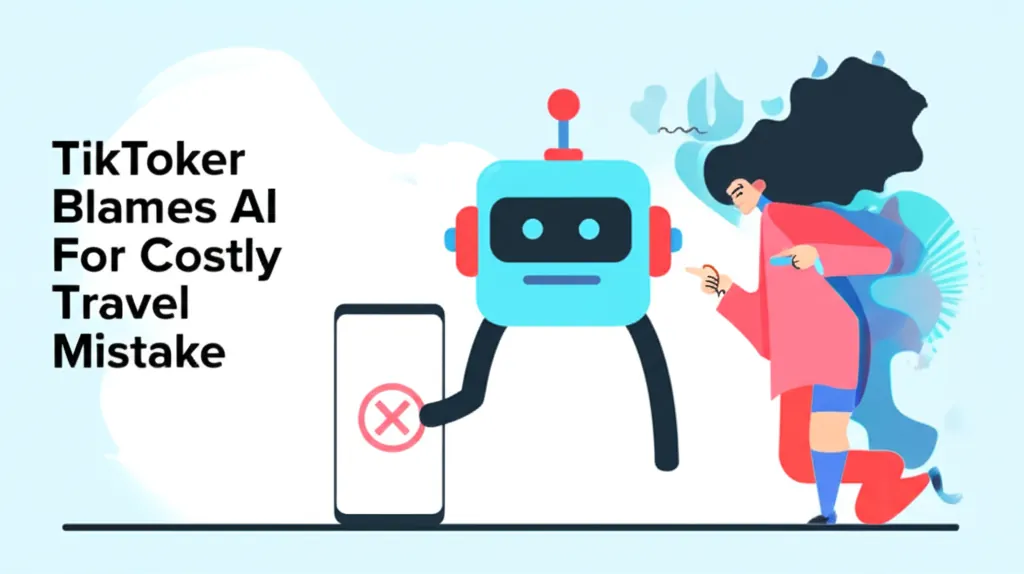Developer Offer
Try ImaginePro API with 50 Free Credits
Build and ship AI-powered visuals with Midjourney, Flux, and more — free credits refresh every month.
Boost Academic Productivity with AI Voice Technology
 Tools that turn speech into text not only save time, Zhicheng Lin finds, but also allow him to multitask and to participate fully in meetings. Credit: Zhicheng Lin
Tools that turn speech into text not only save time, Zhicheng Lin finds, but also allow him to multitask and to participate fully in meetings. Credit: Zhicheng Lin
For many in academia, the sound of a keyboard is the soundtrack to progress. However, it also represents a significant bottleneck—a slow and physically demanding process that separates ideas from the written page. Is this an unavoidable part of the job?
Last year, persistent wrist pain from endless hours at the keyboard forced a reevaluation. The answer was found in reclaiming my voice. Modern dictation tools powered by artificial intelligence (AI) enabled me to write at a natural conversational speed, around 130 words per minute, easily surpassing the average typist's speed of 80 words per minute. The ergonomic relief was immediate.
Despite the incredible accuracy of modern voice-to-text software, these tools are still underutilized in academic circles. They are often dismissed as simple accessibility aids or tools for quick memos, rather than powerful instruments for scholarly work. This perspective is a missed opportunity. A well-planned, voice-based workflow can revolutionize how we capture ideas, draft manuscripts, and engage with our research.
The Power of Transcription: Capturing Every Idea
Academic work is often fueled by fleeting moments of insight—ideas that can strike on a walk, during a shower, or in the middle of the night. They pop up in interviews, seminars, and casual chats with colleagues. Traditional note-taking often forces a choice between being present in the moment and frantically trying to write everything down. Transcription solves this dilemma.
Transcription works by converting audio recordings into text. By recording a meeting, you can participate fully without the distraction of taking notes. The transcript then becomes a searchable, permanent record of every decision and insight. For researchers conducting interviews, automated transcription can reduce hours of tedious playback and typing to just a few minutes of review.
Crucially, transcription allows you to capture ideas when writing is impractical. If you're pondering a research question while walking, you can record your thoughts in seconds. When a solution to a problem comes to you late at night, a voice memo can preserve it without you needing to turn on a light and find a pen. There is a psychological advantage as well. Speaking thoughts aloud helps bypass the internal critic that often causes writer's block. A blank page can be daunting, but a voice recorder is just a listener.
Dictation: Writing at the Speed of Thought
Dictation, in contrast, creates text as you speak, effectively replacing the keyboard. It is a compositional tool that demands focus but operates at the speed of your thoughts, not your fingers. For drafting initial versions, responding to emails, or writing reviewer comments, this speed boost adds up significantly.
However, its value goes beyond mere speed. It provides physical relief from the constant strain of keyboard use, a serious occupational hazard in careers that span decades. Repetitive strain injuries can develop slowly and become debilitating. Dictation offers not just a more efficient way to work, but a more sustainable one.
Furthermore, dictation enables true multitasking. You can turn a commute into a productive writing session by dictating while you walk. Simple chores like folding laundry or organizing your office can be paired with composing text, reclaiming otherwise lost time.
Building Your AI Voice Workflow
Integrating voice tools effectively means matching the right tool to the right task and developing new habits around both transcription and dictation. It's best to start with low-stakes tasks to get comfortable before moving on to more critical work.
For basic recording, you may already have what you need. A built-in app like Apple’s Voice Memos is often sufficient for most academic recording needs.
When dealing with sensitive information that requires offline processing, MacWhisper is an excellent choice as it transcribes everything on your device. This is essential for confidential interviews. For both Mac and PC users, SpeechPulse is another alternative.
If you're comfortable with cloud-based services, Google AI Studio offers free transcription, though it uses your data for training. The ChatGPT record mode for paid users can record, transcribe, and automatically summarize conversations. Tools like Otter and Granola are specifically designed for meetings, offering speaker identification and summaries, while ElevenLabs’ Scribe is known for high-accuracy transcription.
For dictation, specialized tools often outperform the basic features on computers and phones. I recommend Aqua Voice for its high accuracy, which uses on-screen context to better recognize specialized terms. For those working across different devices, Wispr Flow is a great cross-platform option for macOS, Windows, and iPhone. Apple users can also explore SuperWhisper or Spokenly for more advanced dictation capabilities.
Compare Plans & Pricing
Find the plan that matches your workload and unlock full access to ImaginePro.
| Plan | Price | Highlights |
|---|---|---|
| Standard | $8 / month |
|
| Premium | $20 / month |
|
Need custom terms? Talk to us to tailor credits, rate limits, or deployment options.
View All Pricing Details

